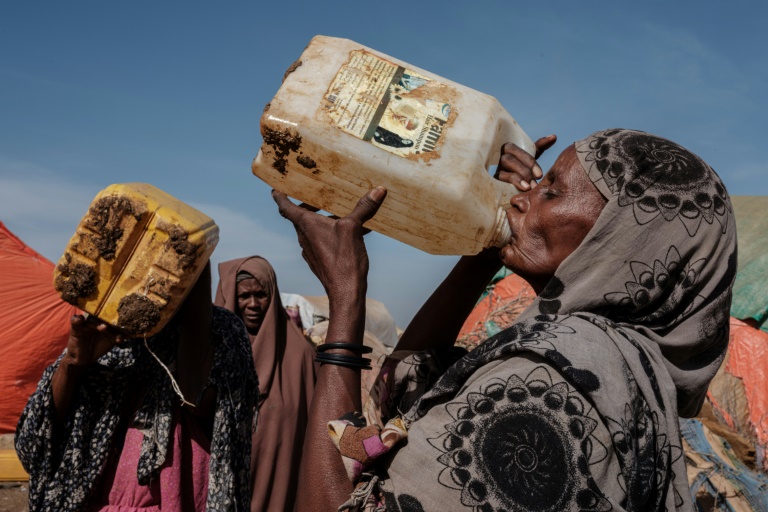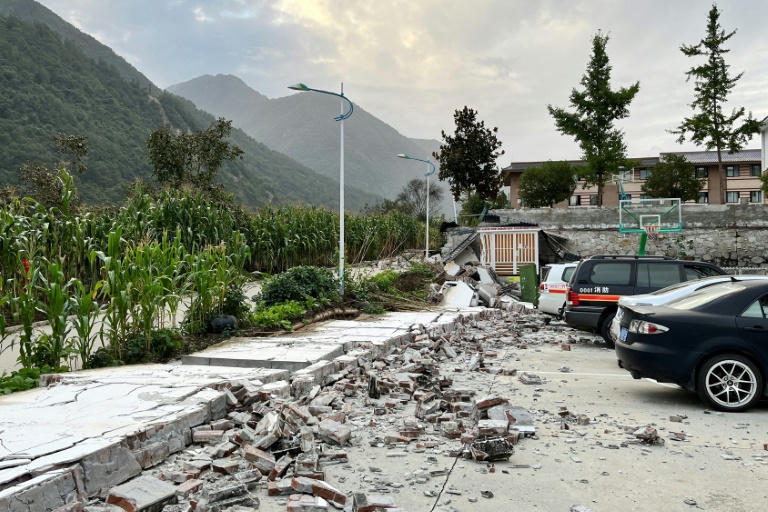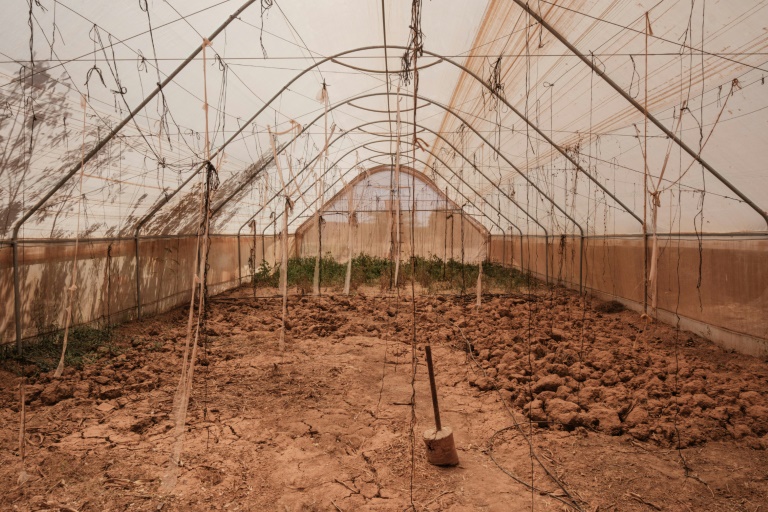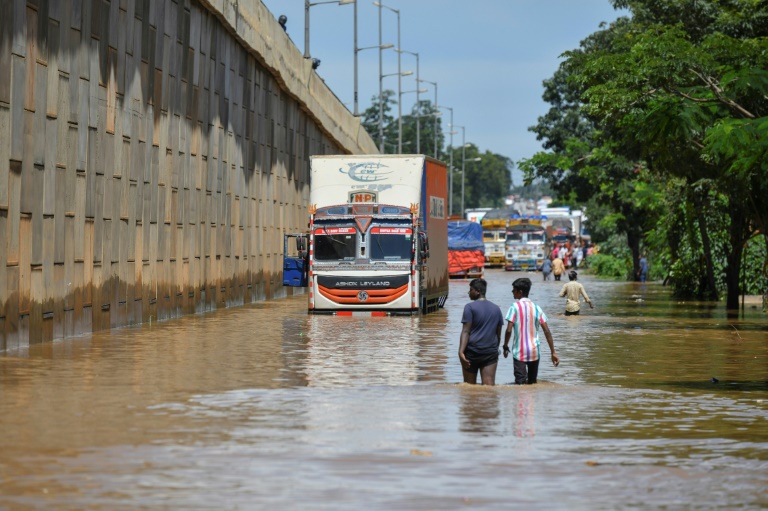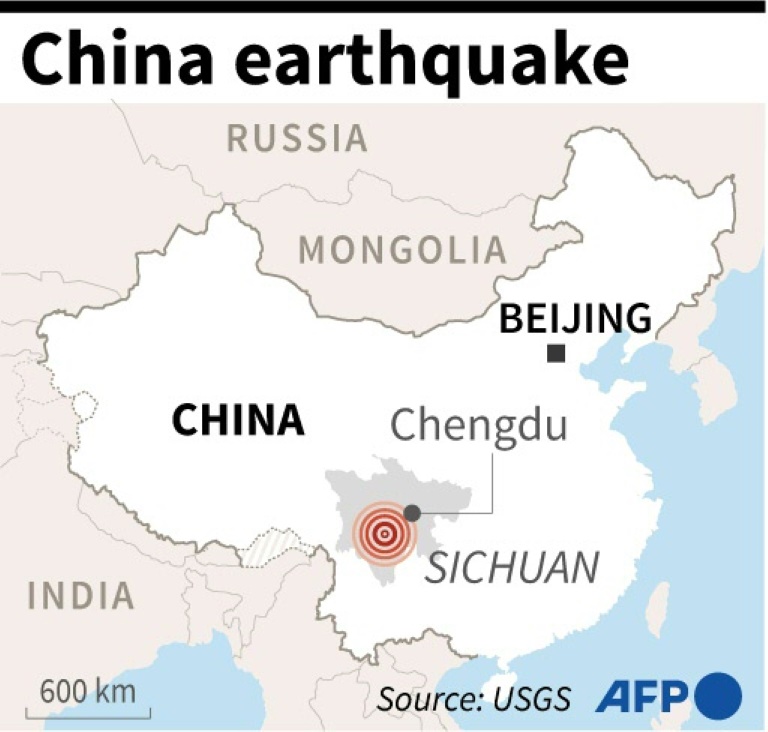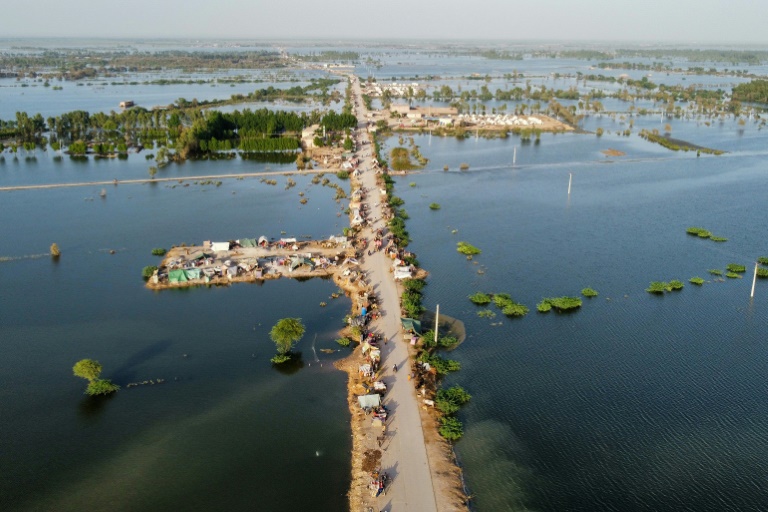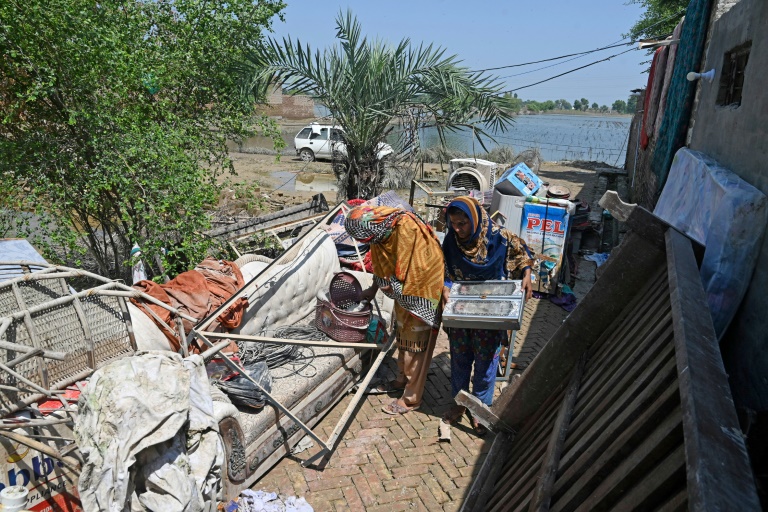UN warns famine 'at the door' in Somalia
Areas in south-central Somalia are at risk of famine, the UN says
The United Nations warned Monday that Somalia was on the brink of famine for the second time in just over a decade, and that time was running out to save lives in the drought-stricken country.
“Famine is at the door and we are receiving a final warning,” visiting UN humanitarian chief Martin Griffiths told a press conference in the Somali capital Mogadishu.
“The unprecedented failure of four consecutive rainy seasons, decades of conflict, mass displacement, severe economic issues are pushing many people to… the brink of famine.”
Millions of people are at risk of starvation across the Horn of Africa which is in the grip of the worst drought in four decades after four failed rainy seasons wiped out livestock and crops.
There are “concrete indications” that famine will strike Baidoa and Burhakaba in the Bay region of south-central Somalia between October and December, said Griffiths, the head of the UN Office for the Coordination of Humanitarian Affairs (OCHA).
“I’ve been shocked to my core these past few days by the level of pain and suffering we see so many Somalis enduring,” he added.
“We are in the last moment of the 11th hour to save lives.”
Humanitarian agencies have been ringing alarm bells for months and say the situation across the Horn of Africa — including Kenya and Ethiopia — is likely to deteriorate with a likely fifth failed rainy season in the offing.
In Somalia alone, about 7.8 million people or half the population face crisis hunger levels, including about 213,000 in danger of famine, UN agencies say.
Around one million have fled their homes on a desperate quest for food and water.
– ‘World must act now’ –
Griffiths said the situation was worse than during Somalia’s last famine in 2011 when 260,000 people died, more than half of them children under the age of six.
He described scenes of heart-rending suffering during a visit to Baidoa, describing it as the epicentre of the crisis where he saw “children so malnourished they could barely speak” or cry.
Around 1.5 million children across the largely pastoral country were at risk of acute malnutrition by October if nothing changed, he warned.
The conflict-wracked nation is considered one of the most vulnerable to climate change but is particularly ill-equipped to cope with the crisis.
A deadly 15-year insurgency by the radical Islamist Al-Shabaab group against the fragile central government is limiting humanitarian access to many areas.
A long-running political crisis also diverted attention away from the drought, but new President Hassan Sheikh Mohamud used his inauguration speech in June to appeal for international help to stave off disaster.
In recent years, increasingly extreme droughts and floods have added to the devastation caused by a locust invasion and the Covid-19 pandemic.
The UN’s World Food Programme (WFP) last month said the number of people facing hunger across the Horn had increased to 22 million.
“Our worst fears for Somalia are now a reality: Famine is imminent if funds do not arrive immediately,” WFP executive director David Beasley said on Twitter Monday.
“The world MUST act now – this is a global call to action.”
– ‘Sleepwalking’ to catastrophe –
A joint report by UN and other humanitarian agencies published Monday said famine conditions in Somalia, facing its fifth straight failed rainy season in the final months of this year, “are likely to last until at least March 2023”.
The UN said at the end of August it had received 67 percent of its $1.5 billion aid target for Somalia.
Funds were initially slow in coming, with Russia’s invasion of Ukraine among other crises drawing attention from the disaster in the Horn.
The war has also sent global food and fuel prices soaring, making aid delivery more expensive.
In June, British charity Save the Children had issued an alert that the international community was “sleepwalking towards another catastrophic famine” in Somalia.
Last month, OCHA said about 2.3 million children were at risk of “violence, exploitation, abuse, neglect, and death from severe acute malnutrition” across the country.
In 2017, more than six million people in Somalia, more than half of them children, needed aid because of a prolonged drought across East Africa.
But early humanitarian action averted famine that year.

